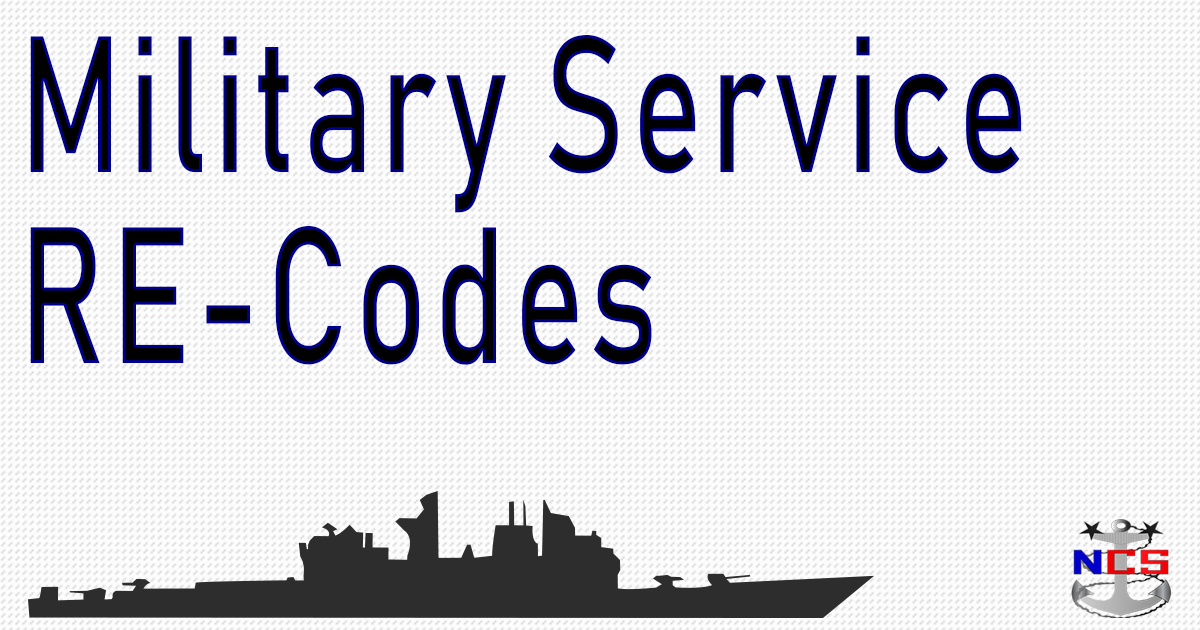SamAca10
10-Year Member
- Joined
- Jul 19, 2009
- Messages
- 1,045
I'm a veteran and Service Academy grad. I know on my DD-214 it has a checkbox for commissioning source - Service Academy in my case. However, for all intents and purposes Cadets and Mids are AD. So I wonder why we don't receive DD-214s when we graduate from a SA.

 www.law.cornell.edu
www.law.cornell.edu
Defines Active duty

38 U.S. Code § 1965 - Definitions
Defines Active duty


